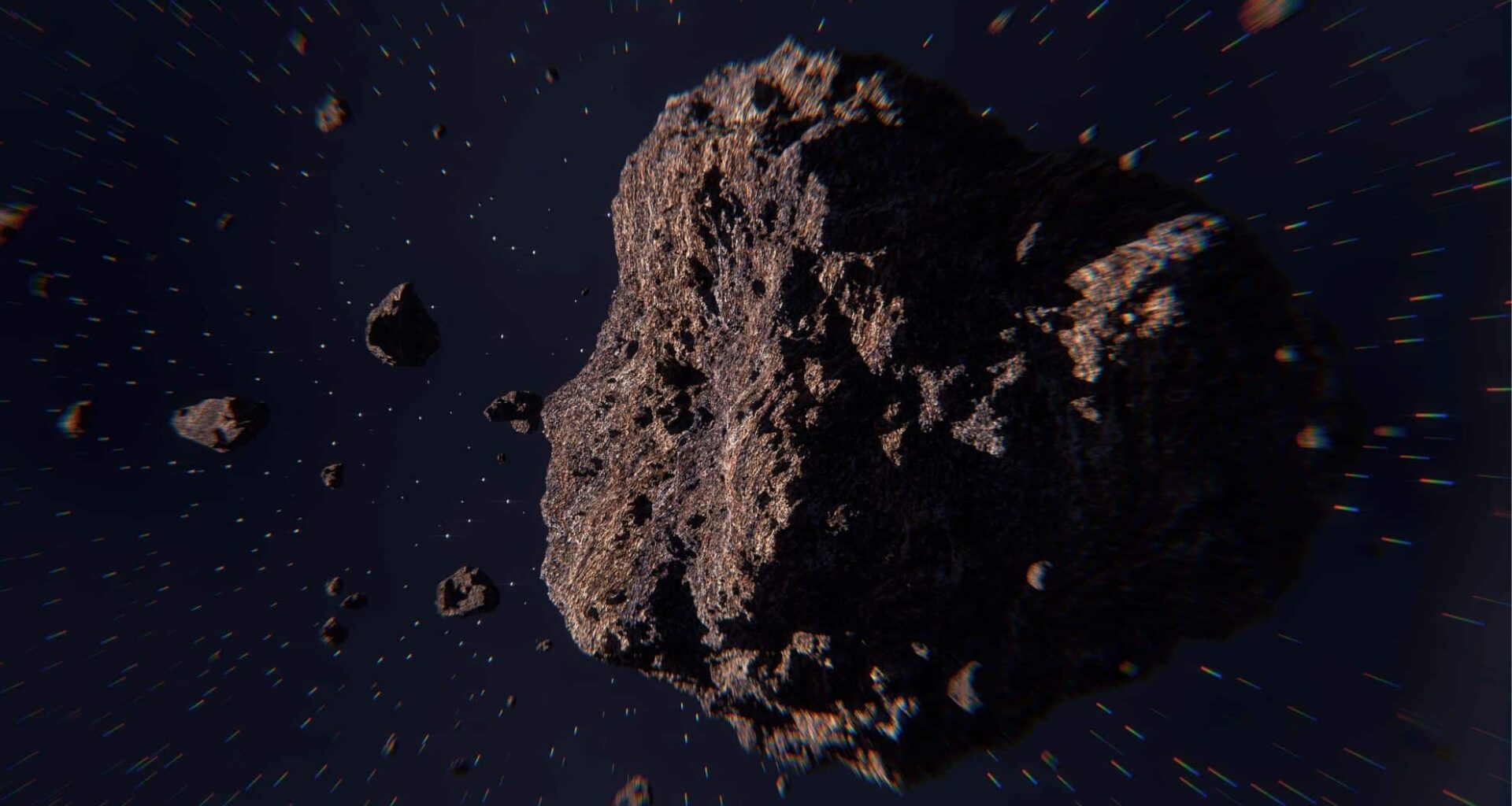Asteroid 33 Polyhymnia is at the center of an exciting new study that suggests it may hold elements that have never been observed on Earth. This groundbreaking research, published in The European Physical Journal Plus, explores the dense mass of the asteroid and hypothesizes that its extreme characteristics could be linked to unknown elements outside the current periodic table. The study, led by a team of physicists from the University of Arizona, is setting the stage for new exploration into the nature of materials that exist beyond our current scientific understanding.
The Density Puzzle: A Breakthrough Discovery
Asteroids, often seen as celestial bodies of limited interest, have proven to be far more complex than initially thought. Many of them, including 33 Polyhymnia, exhibit mass densities that defy common expectations. The asteroid’s exceptional density has led physicists to entertain the idea that it may harbor materials far denser than anything known on Earth. The team from the University of Arizona suggests that the asteroid could contain Compact Ultradense Objects (CUDOs), a category of matter that could have an unknown composition.
“In particular, some observed asteroids surpass this mass density threshold. Especially noteworthy is the asteroid 33 Polyhymnia,” the team writes. “Since the mass density of asteroid 33 Polyhymnia is far greater than the maximum mass density of familiar atomic matter, it can be classified as a CUDO with an unknown composition.”
This insight pushes the boundaries of our understanding of both asteroid composition and the potential for new material types in space. Researchers had long suspected that asteroids could house rare or even undiscovered materials, but the density of Polyhymnia raises the stakes considerably.
A New Category of Matter: CUDOs
The notion of CUDOs opens an entirely new realm of possibilities. These objects, classified by their extraordinarily high mass density, could be composed of elements that surpass the conventional periodic table. While elements such as osmium, which holds the record for densest naturally occurring element on Earth, have been the subject of extensive research, Polyhymnia’s mass density is so high that existing atomic structures may not explain its makeup. Physicists believe that the core of this asteroid could be formed from matter that is much denser than anything we can observe in laboratories or even in theoretical models.
The implications of such findings are immense, especially considering how these materials might be used in technological advancements. If the asteroid contains elements that are both highly stable and dense, the materials extracted could be game-changers for industries ranging from aerospace to material science.
Superheavy Elements: A Glimpse Beyond the Periodic Table
The concept of superheavy elements is another exciting prospect raised by this research. These elements, which have atomic numbers greater than those currently listed in the periodic table, have been a topic of theoretical physics for decades. While some of these elements, like oganesson (Z = 118), have been synthesized in laboratories, they tend to be highly unstable and exist only for fractions of a second. However, the team from Arizona believes that some superheavy elements could be stable enough to exist in nature—potentially within dense celestial bodies like Polyhymnia.
“However, elements in the other theoretical island of nuclear stability near Z = 164, which we predict to populate mass density values between 36.0 and 68.4 g/cm3, are reasonable candidates,” the team wrote. “If some significant part of the asteroid were made of these superheavy metals, it is plausible that the higher mass density could be near the experimentally measured value.”
This “island of nuclear stability” near atomic number 164 refers to a theoretical cluster of superheavy elements that might possess properties unlike anything in the known periodic table. If these elements exist in asteroid 33 Polyhymnia, they could vastly alter our understanding of both chemistry and physics.
Theoretical Stability and the Future of Space Mining
The possibility that these superheavy elements could be stable enough to exist in nature challenges our current assumptions about the limitations of atomic structures. While most superheavy elements are unstable and decay rapidly, there may be a subset of these elements that are stable enough to survive in the extreme conditions of an asteroid’s core. “Our results on mass density allow us to hypothesize that if superheavy elements are sufficiently stable, they could exist in the cores of dense asteroids like 33 Polyhymnia,” the authors explain.
The idea of superheavy elements being stable in nature opens new doors for space exploration and mining. These materials, while speculative at this point, could become a highly sought-after resource for space mining companies in the future. According to Jan Rafelski, one of the authors of the study, “All super-heavy elements—those that are highly unstable as well as those that are simply unobserved—have been lumped together as ‘unobtainium’… The idea that some of these might be stable enough to be obtained from within our Solar System is an exciting one.”
This exciting notion could lead to advancements in technologies such as propulsion systems, quantum computing, and materials science. As the world turns its attention to the future of space exploration, the possibility that we could soon extract these exotic materials from asteroids like Polyhymnia could be a game-changer.
